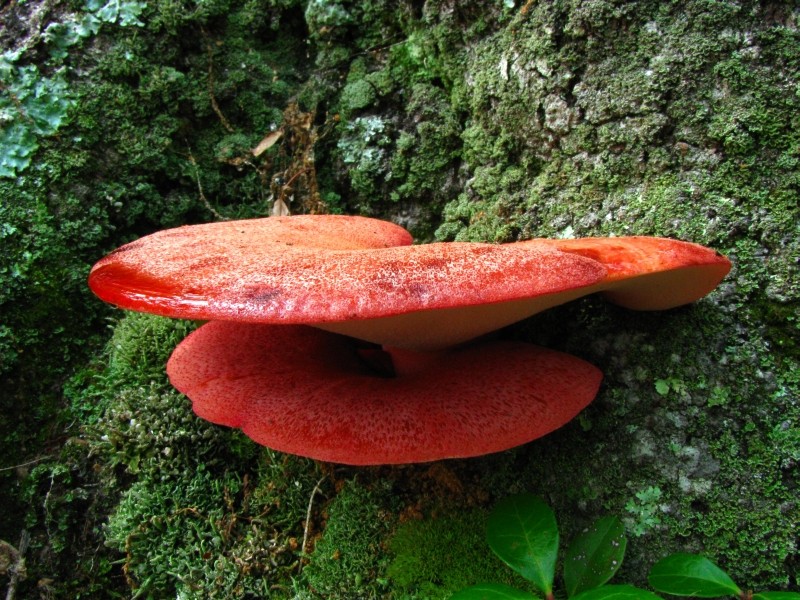Fistulina
Nom scientifique: Fistulina
Fistulina
Nom scientifique: Fistulina
 Photo By Dan Molter , used under CC-BY-SA-3.0 /Cropped and compressed from original
Photo By Dan Molter , used under CC-BY-SA-3.0 /Cropped and compressed from original La description
Fistulina est un groupe de champignons fascinant connu pour leur apparence unique rappelant un bifteck, avec une coloration rouge vif pouvant ressembler à de la viande. Ils poussent souvent sur les chênes, où ils se développent en grandes structures charnues. Contrairement à de nombreux champignons, fistulina a un dessous poreux plutôt que des lamelles. Ces champignons jouent un rôle important dans les écosystèmes forestiers, car ils aident à décomposer le bois et contribuent au cycle des nutriments.